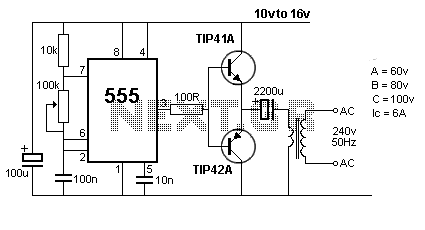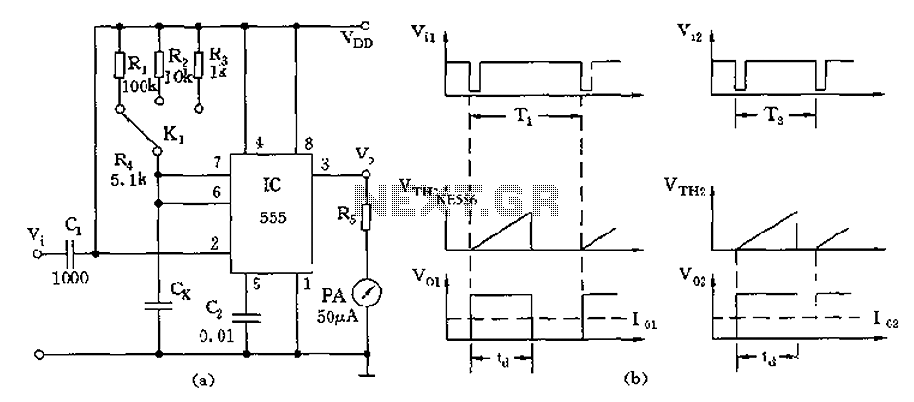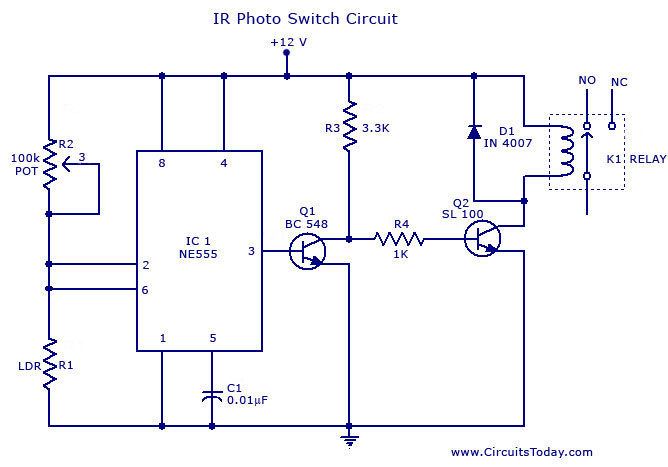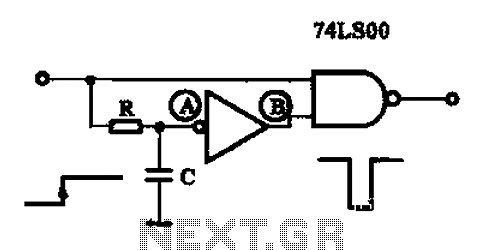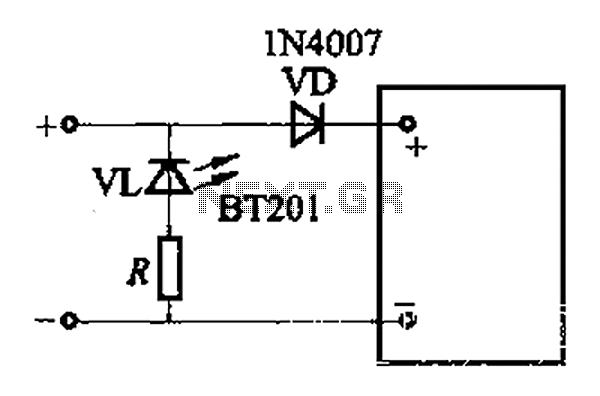
LM12 audio amplifier circuit diagram electronic project
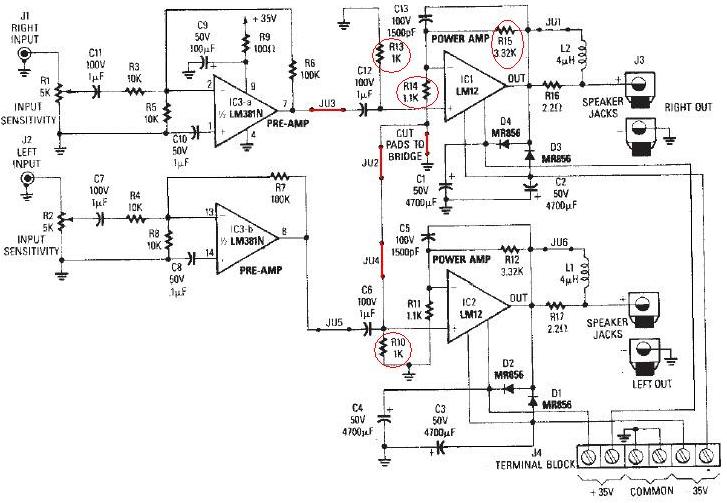
The LM12 audio amplifier circuit is designed to deliver high output power for 8 ohm or 4 ohm load impedances. The maximum output power provided by the LM12 audio amplifier is approximately 60 watts for a 4 ohm load and 100 watts for an 8 ohm load on each channel. The circuit incorporates a preamplifier stage utilizing the LM381N dual preamplifier integrated circuit, along with a power amplifier stage based on the LM12 high power operational amplifier. To achieve increased audio power, the amplifier can be configured in bridge mode; however, this will result in a mono power amplifier configuration. For bridge or stereo configuration, the PCB should be designed accordingly, and the jumpers modified as necessary.
The LM12 audio amplifier circuit is structured to efficiently drive speakers with varying load impedances, specifically optimized for 4 ohm and 8 ohm speakers. The LM12 operational amplifier is capable of delivering significant output power, making it suitable for various audio applications, including home audio systems and public address systems.
The preamplifier stage, based on the LM381N, serves to amplify low-level audio signals before they are fed into the power amplifier stage. This dual preamplifier configuration allows for enhanced signal fidelity and reduced noise, ensuring that the output audio maintains high quality.
In bridge mode, the LM12 can be configured to provide even greater power output, albeit in a mono configuration. This setup is particularly useful in scenarios where a single channel of high power is required, such as driving a subwoofer. The PCB design must accommodate the necessary modifications for bridge operation, including adjustments to the jumpers that control the amplifier's configuration.
When designing the PCB for stereo or bridge configurations, careful consideration should be given to the layout to minimize interference and optimize thermal management. Proper heat sinking for the LM12 is crucial to prevent thermal shutdown during prolonged operation at high power levels.
Overall, the LM12 audio amplifier circuit, with its flexible configuration options and robust design, is an excellent choice for high-performance audio amplification in various applications.This LM12 audio amplifier circuit will provide a high output power on a 8 ohms or 4 ohms load impedance. The maximum output power delivered by this LM12 audio amplifier is around 60 watts on a 4 ohms load and 100 watts on a 4 ohms load on each channel.
A preamplifier stage based on the LM381N dual preamplifier integrated circuit and a power ampl ifier stage based on the LM12 high power operational amplifier. To obtain more audio power from this audio amplifier you can use it in the bridge mode configuration, but in that way you will obtain a mono power amplifier circuit. If you want to use it in bridge configuration or stereo configuration just design the pcb board in the stereo mode configuration and modify the jumpers in this way :
🔗 External reference
The LM12 audio amplifier circuit is structured to efficiently drive speakers with varying load impedances, specifically optimized for 4 ohm and 8 ohm speakers. The LM12 operational amplifier is capable of delivering significant output power, making it suitable for various audio applications, including home audio systems and public address systems.
The preamplifier stage, based on the LM381N, serves to amplify low-level audio signals before they are fed into the power amplifier stage. This dual preamplifier configuration allows for enhanced signal fidelity and reduced noise, ensuring that the output audio maintains high quality.
In bridge mode, the LM12 can be configured to provide even greater power output, albeit in a mono configuration. This setup is particularly useful in scenarios where a single channel of high power is required, such as driving a subwoofer. The PCB design must accommodate the necessary modifications for bridge operation, including adjustments to the jumpers that control the amplifier's configuration.
When designing the PCB for stereo or bridge configurations, careful consideration should be given to the layout to minimize interference and optimize thermal management. Proper heat sinking for the LM12 is crucial to prevent thermal shutdown during prolonged operation at high power levels.
Overall, the LM12 audio amplifier circuit, with its flexible configuration options and robust design, is an excellent choice for high-performance audio amplification in various applications.This LM12 audio amplifier circuit will provide a high output power on a 8 ohms or 4 ohms load impedance. The maximum output power delivered by this LM12 audio amplifier is around 60 watts on a 4 ohms load and 100 watts on a 4 ohms load on each channel.
A preamplifier stage based on the LM381N dual preamplifier integrated circuit and a power ampl ifier stage based on the LM12 high power operational amplifier. To obtain more audio power from this audio amplifier you can use it in the bridge mode configuration, but in that way you will obtain a mono power amplifier circuit. If you want to use it in bridge configuration or stereo configuration just design the pcb board in the stereo mode configuration and modify the jumpers in this way :
🔗 External reference

